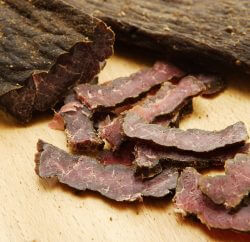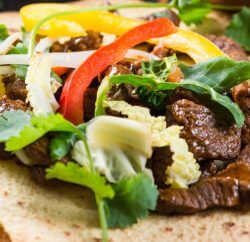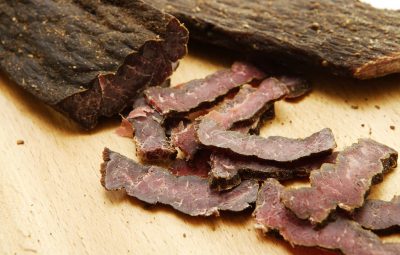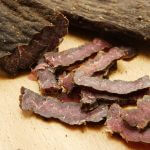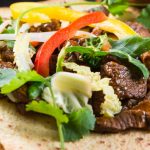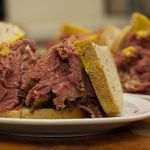Technology has over the years led to a worldwide transformation in ways nobody would ever have imagined. With it, came the knowledge of sharing ideas through the internet and selling services.
You may have been thinking of setting up a food blog, and your starting point was perusing through the web to find out how exactly to go about this. You can read more about this here. The kind of blog you have in mind may very much determine whether the task is going to be easy or not. The following 5 steps should give you an insight into how you should go about the setup:
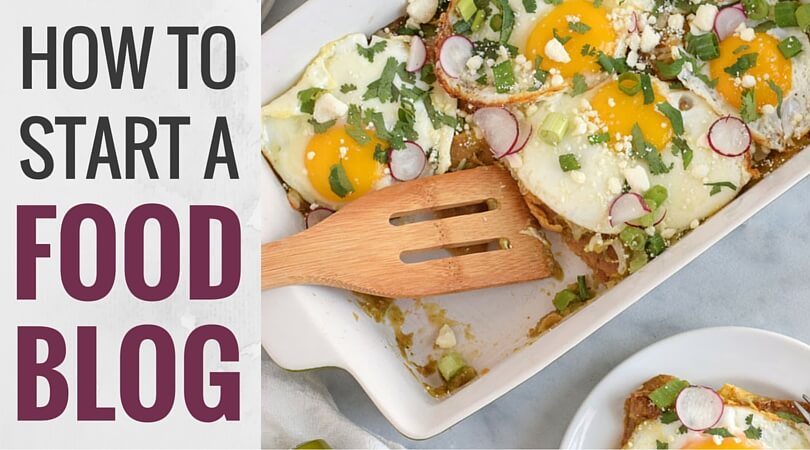
Choose a web host
Web hosts are in numerous numbers, all over the internet. They basically host your website at a fee. Most web hosting services have in their packages deals like free software installation and integration. Some of these are very suitable for blogging and will go a long way to improve your experience.
Shared web hosting is a type of hosting whereby several sites share one server. While this usually is the cheapest type of web hosting you will ever come across, it is normally not suitable for sites that draw so much traffic on a daily basis, due to its nature. It will turn out to be rather slow depending on how technical your site is. However, this is the type of hosting that you would want for your blog site because it is affordable and is suitable for such.
The following are what you should consider when looking for a web host:
The speed. Nobody would spend time on a site that takes forever to load. Slow sites are a major turn off.
Type. Shared web hosting would be the best hosting type for a start, considering the cost.
Cost. It’s wise to start low; go for a cheap plan as you get accustomed to the ins and outs of blogging and with time, you may or may not upgrade to something higher.
Choose a domain name
After deciding on a web host, choose your blog’s domain name. A domain name is the first thing that a reader will interact with, especially when someone shares your site with them. It should, therefore, meet the following requirements:
Make it short and memorable.
This way, a reader will be able to refer back to it at a later time. People get busy, and it is understandable. Others may want to peruse through other sites first, collect information before settling on yours. You would, therefore, want your blog’s name to be memorable and to achieve this, you have to make it short.
It should be catchy.
A catchy name is appealing and interesting. Choose a name that will make the reader somewhat curious and want therefore to find out more by hitting on the link address. A catchy name will often get you more traffic than anything else.
Unique.
Your domain name should be unique. Most people nowadays are either tired or disinterested with originality. However, the only way to get people to trust and like you, your brand and what you are sharing, is by being unique. Nobody wants to go to a link with the same old name that they have been seeing everywhere all week. Try out something new. This will demand creativity.
Relatable.
Your name should more than anything, be relatable to what you are selling or sharing. If your name doesn’t match the blog’s content, people may start wondering why they are even reading it. The content and everything else will start to seem fake and untrustworthy.
Easy.
Finally, and most obviously, your name should be easy. An easy name is easier to pronounce, is straightforward and in a way, commands an audience. There is so much power in simplicity rather than sophistication.
Your blogging platform is waiting
Despite there being several blogging platforms, WordPress stands out from the rest. This is your next and most important step. You need a platform where you will share your ideas and reach out to many people, and WordPress is just the place you want to be. You should be able to access its site by clicking here, or simply find it preinstalled in some web hosting sites like Web Hosting Hub.
Setup your food blog
Once you have a platform, go ahead and set it up! Get everything ready, up and running. Here, there are a lot of things you should consider since this is where you give your blog a particular outlook and design.
Be able to think from a reader’s view so that while designing, choosing the right themes and plugins, you do not end up making your blog look unapproachable. It should be simple, but also attractive and organized. The themes you choose should be decent but also elegant.
Write your first blog
After everything is all set, you are good to go! You can begin writing and while at it, be able to consider the following:
Your audience.
Since this is a food blog, you should know who your audience is. Whom are you speaking to? Your message should, therefore, be relevant to them, and give them exactly what they are looking for. The audience is basically the center of a blog’s message since you are not writing it for yourself.
Consistency in posting
You should be posting consistently. Do not do it too much and neither too rare. This will ensure that you maintain communication with your readers and keep them engaged. The danger of over posting is that the readers may not be able to follow all your posts, and they could even get confused. The danger of not posting enough is that you will look reluctant and may not be taken seriously.
Creativity
You have to be creative if your goal is to be unique. And uniqueness in blog writing and especially a food blog is not something for a bargain. Everyone will have an idea about a certain food recipe. How you bring out your message will determine if a reader will drop another site and pick yours. Your uniqueness and creativity will also by far, engage the reader and that is exactly what you’d want. A good post attracts more readers, more followers, and even more clients if this is done for business purposes.
Length
The length of a blog post is very critical in its growth. As humans, we all get tired doing the same thing for a long time. We are all prone to get bored. However, remember that you are writing this blog to share a message, but not bore the reader. To achieve the former and ditch the latter, you will have to closely watch the length of your post. Don’t make it too long or too short. Short posts tend to leave out important messages and long posts are tiring and very few people will read to the end.
Photos
Photos are an important part of your food blogging. While they make your posts look impressive and add a touch of uniqueness, your photos should be titled. This way, a reader will be able to maintain a steady flow of ideas and not lose way while engaging with your work.
Originality
Reproducing someone’s work is a violation of their ownership of intellectual property. Reproducing your work is lacking creativity. In both cases, you will lose readers really fast, and I don’t presume that would be good for business. Creativity should drive you to create content that stands out every time so that you avoid the need for reproducing or copying work.
Conclusion
A food blog, right from the name, should look as tantalizing as the food you are preparing to write about. After you are done with all the steps, you can review your work before posting! There is a great level of satisfaction in self-fulfillment, and this is one of them.

